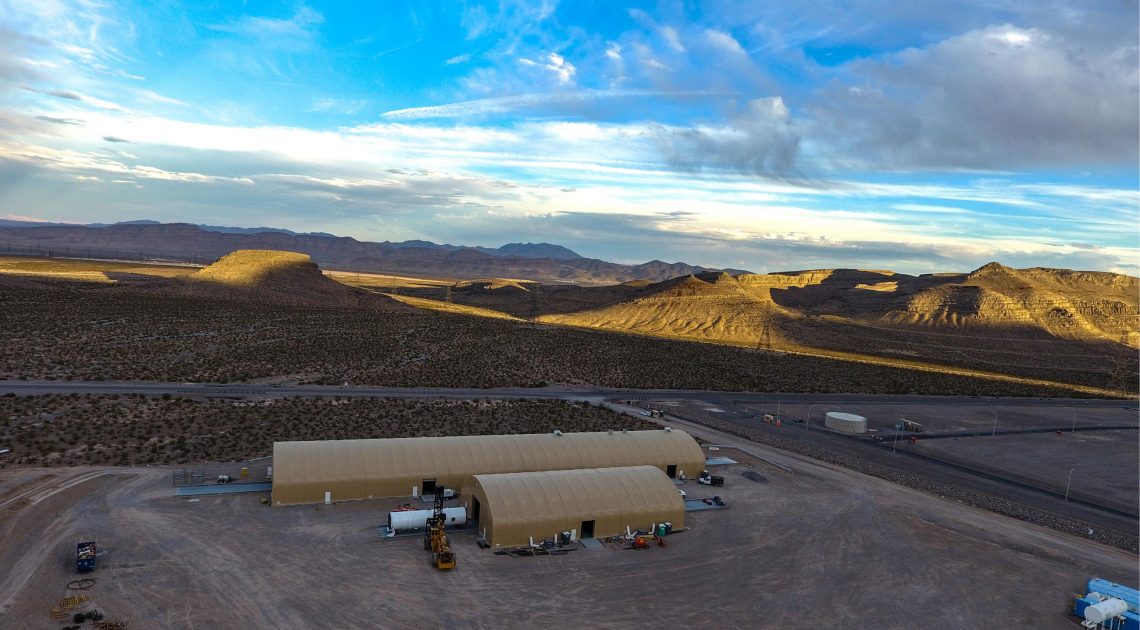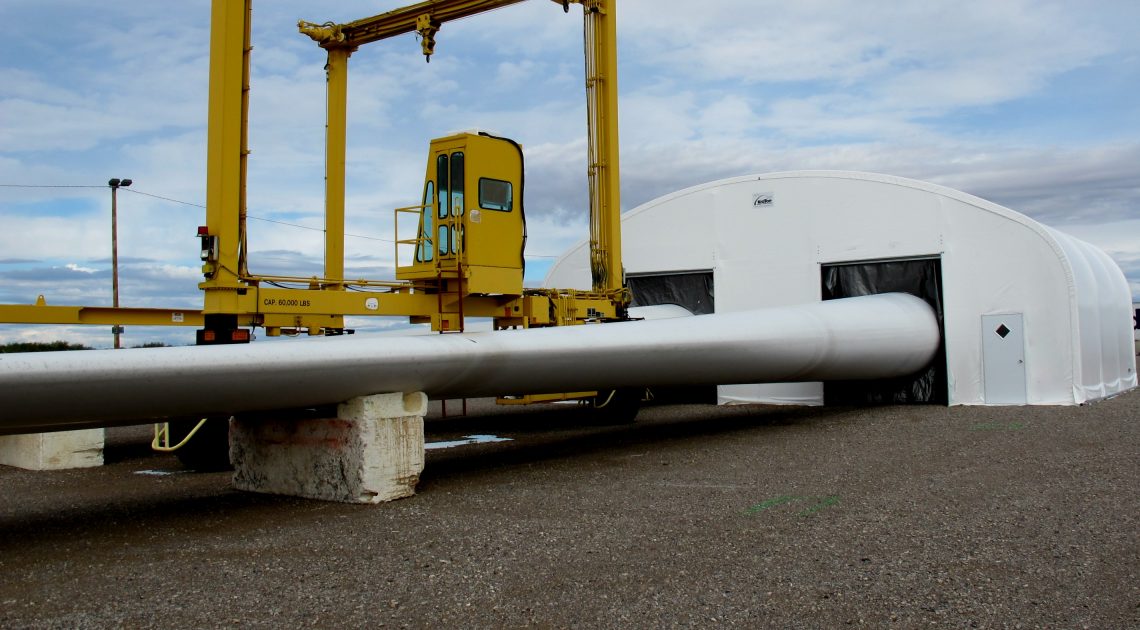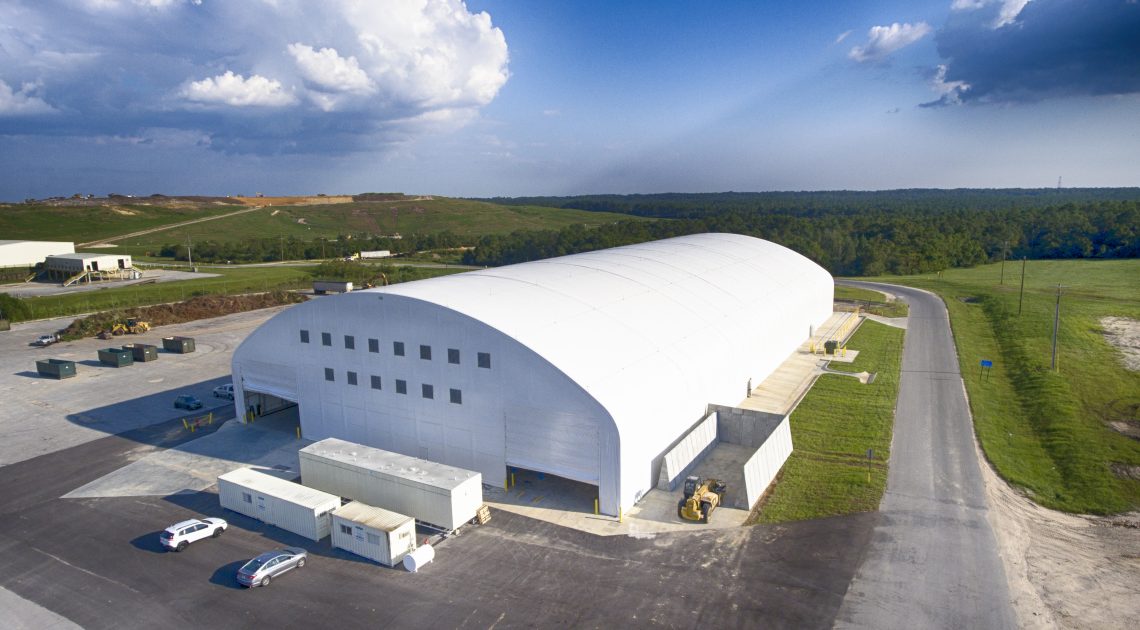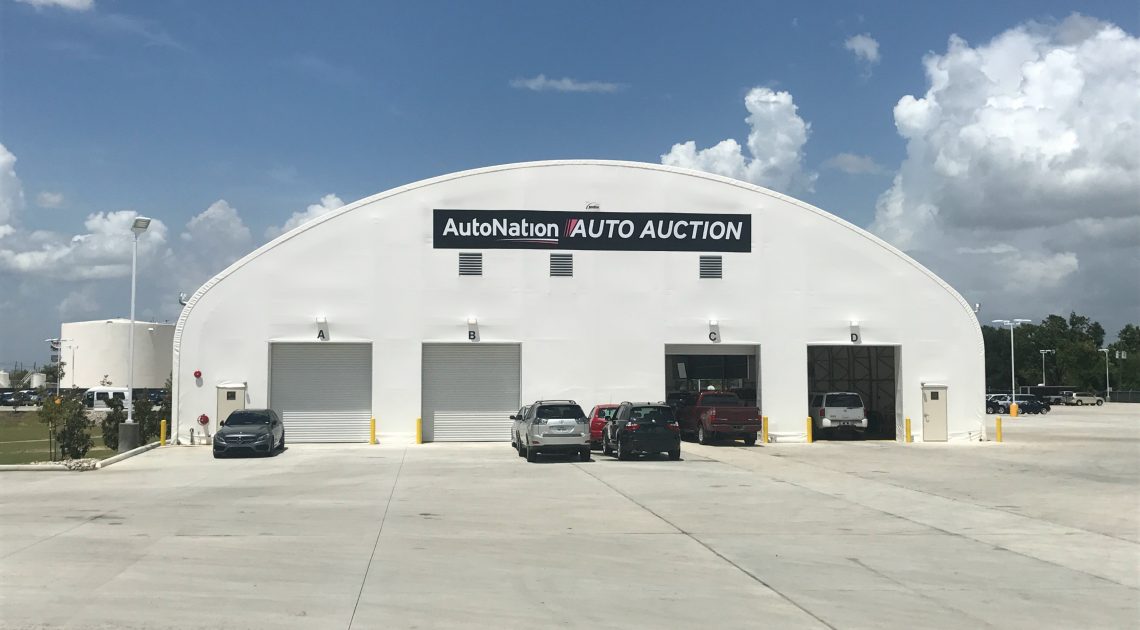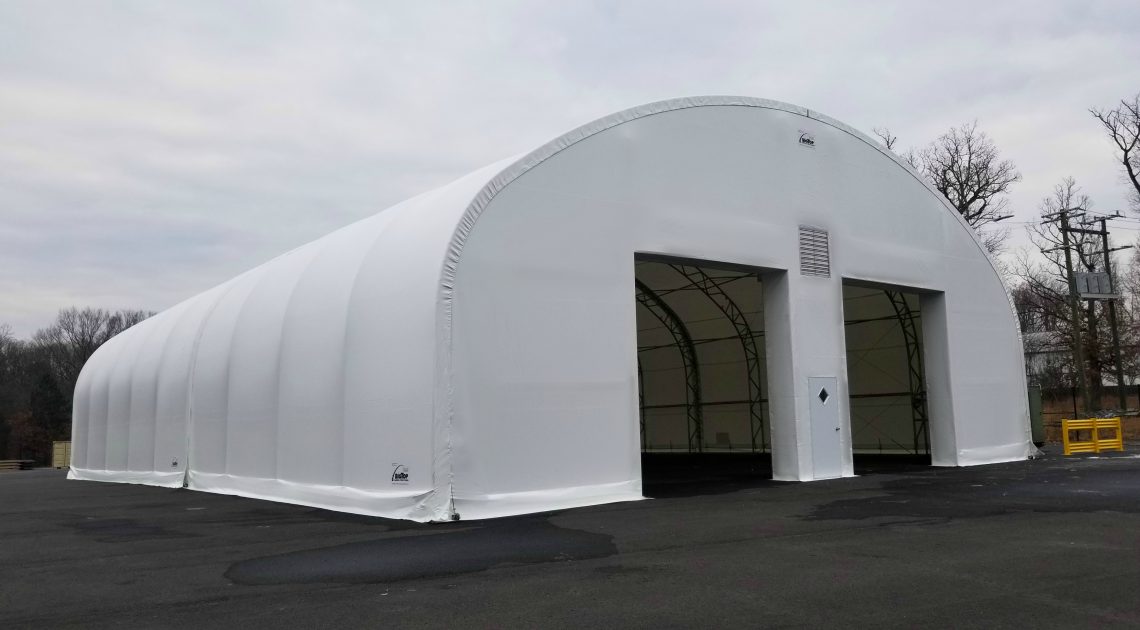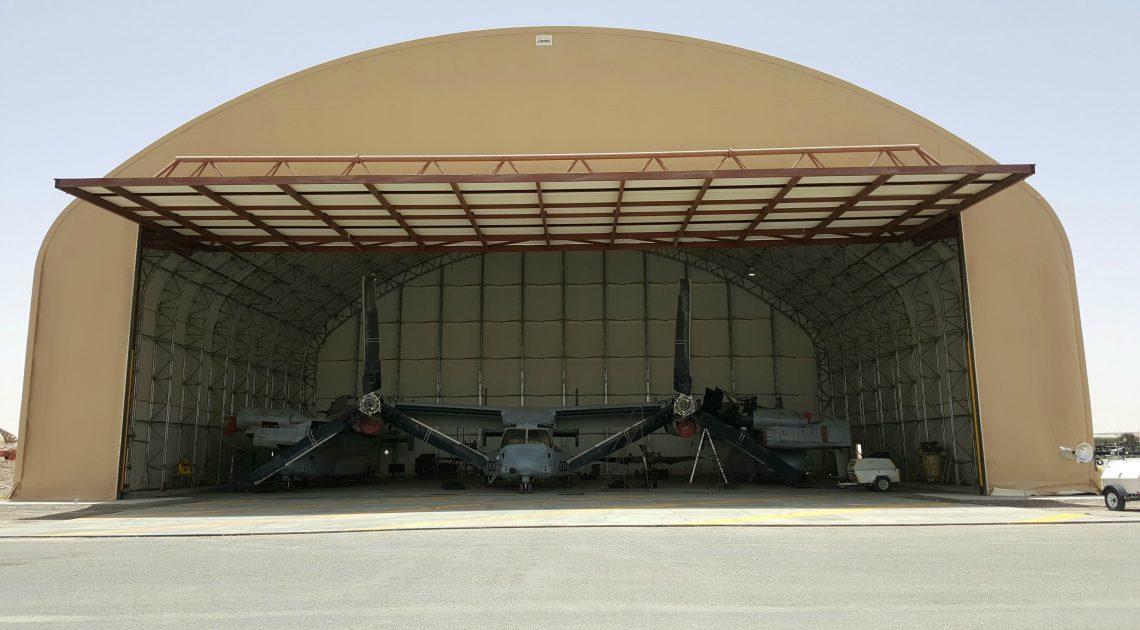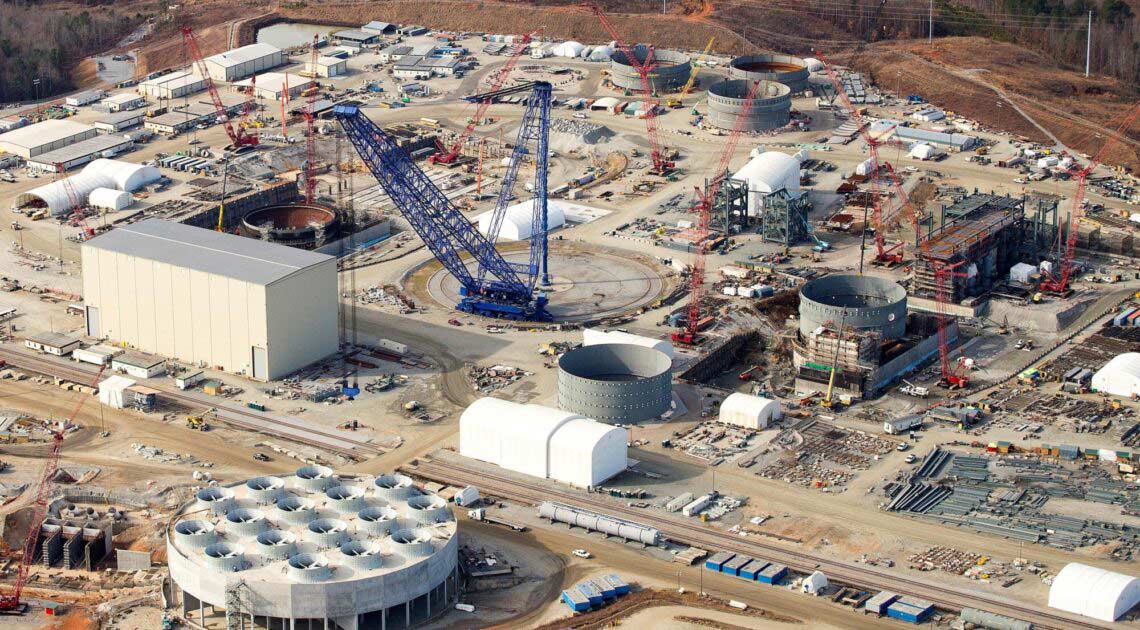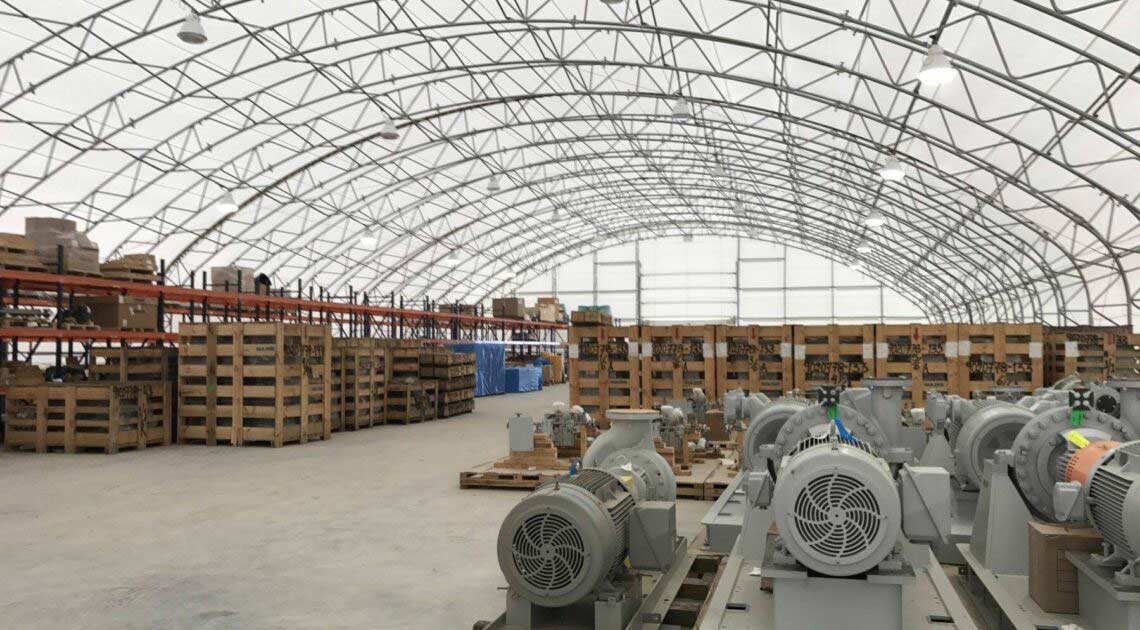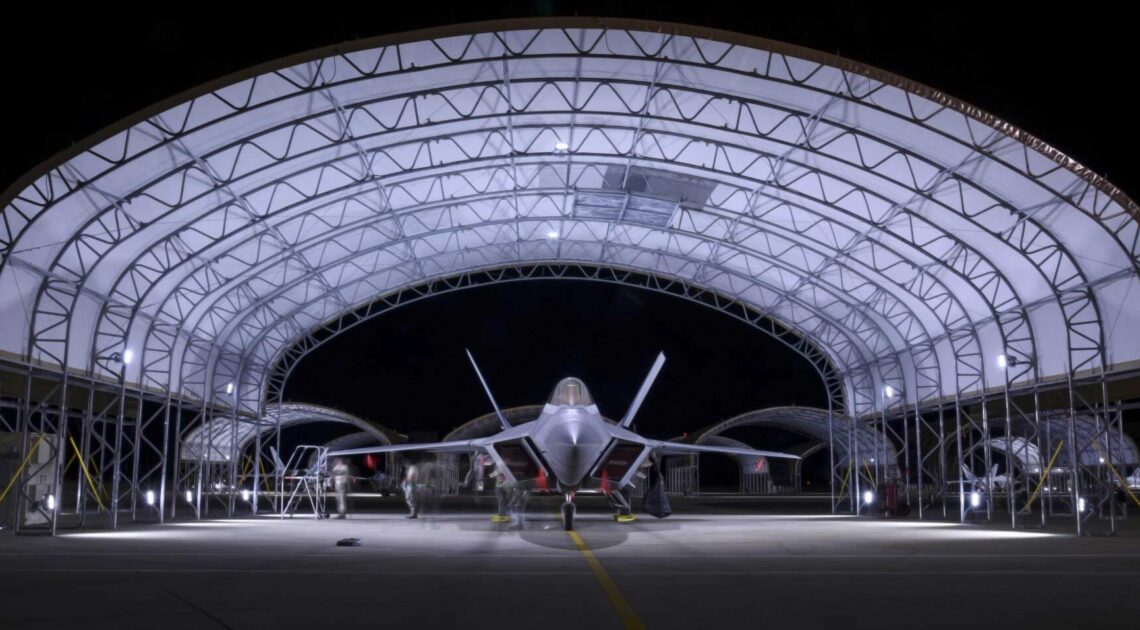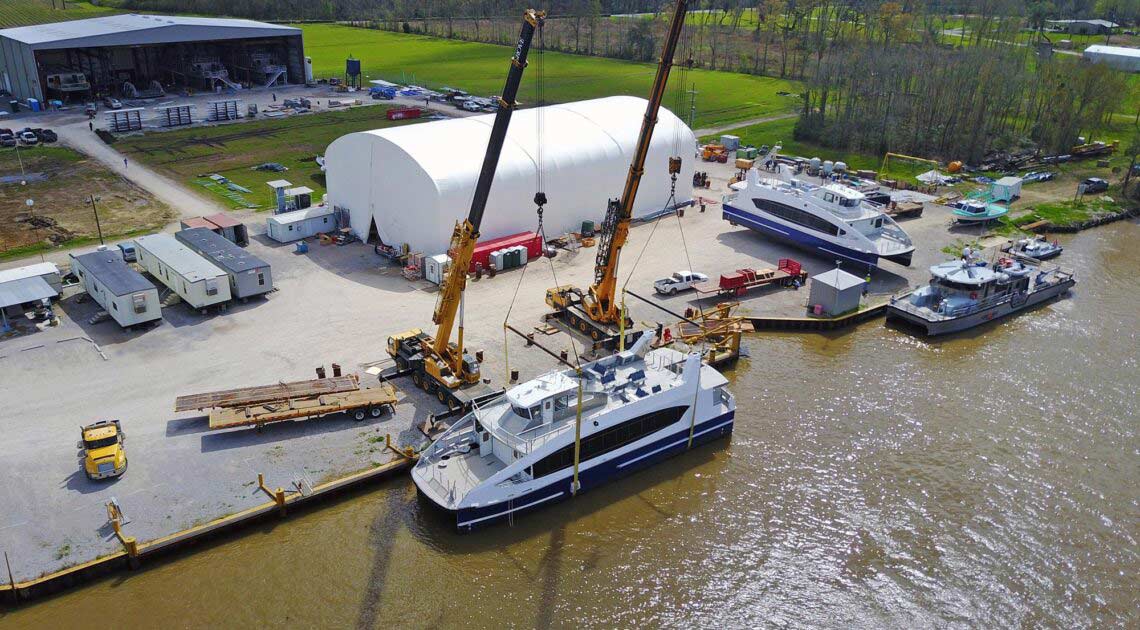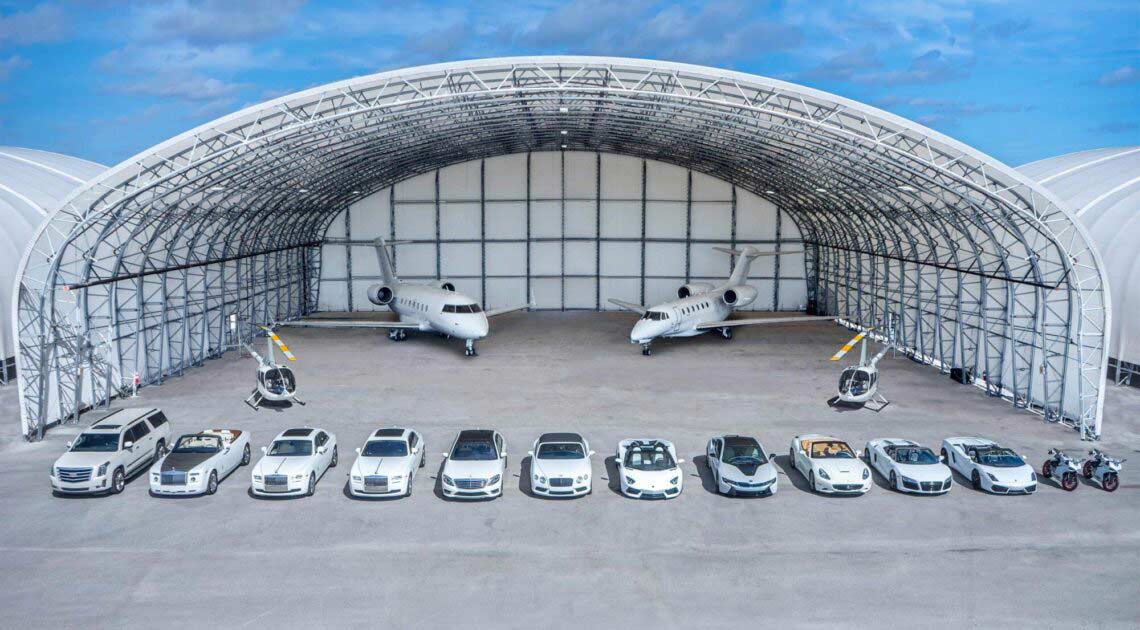Fabric Structures are the Best Eco-Friendly Option
When it comes to eco-friendly buildings, you’ve got lots of choices. If you want materials that are easy to maintain and can reduce maintenance costs, you might choose metal or plastic. If you want low-maintenance materials that can withstand the elements and last longer than others, you might look at concrete or steel. Fabric structures have several advantages when it comes to conserving resources, reducing pollution, and saving energy—all without sacrificing durability or strength! Here are just three reasons why fabric structures are the best eco-friendly option out there today.
Fabric structures reduce waste
Unlike other structures, which need to be built in factories, fabricated on-site, and then torn down once they’re no longer in use, fabric structures can be used over and over again. This not only reduces waste but also eliminates construction costs as well as all related emissions. In fact, every time a structure is erected using traditional methods, it creates at least 90 percent of its own material waste. With fabric structures, however, there is zero waste.
Local fabrication reduces transportation emissions
When building products using far-flung components, you’re also incurring significant transport costs. In many cases, your fabrication is happening in a different country than your assembly (or vice versa). Either way, transporting your product is costing both time and money. With local fabrication, you not only save these two costs but also reduce emissions from shipping. This means more efficient production of products that are lower in their environmental impact during every step of their lifecycle. Because if you’re going to go green, it may as well be throughout!
A structure can be built in only weeks
Another advantage of fabric structures is how quickly they can be erected. If you’re planning on building a small pop-up, a couple of weeks should be enough time to complete it. If you’re planning on building a larger permanent structure, then 4 to 6 weeks should be more than enough time.
Low maintenance costs
There is no need to paint, stain or refinish a fabric structure. And you’ll save money on your utility bills too; because there’s no need for heating or cooling, you will significantly reduce your energy use. Using less energy helps preserve our natural resources and reduces carbon dioxide emissions – a major contributor to global warming. By choosing low-energy construction materials like fabric structures, you can help slow climate change while improving your bottom line and leaving a smaller footprint on our planet.
Saves energy costs
The biggest environmental impact a business can have is through energy consumption. The more energy it uses, and the less efficiently it uses that energy, the bigger its environmental footprint. Many fabric structures have an R-value of 30 or higher, meaning they provide excellent insulation and hold in heat in winter, as well as maintain cooler temperatures in the summertime. When choosing a building type for your structure, be sure to look at its R-value!
Structures withstand extreme weather conditions

No ground preparation required
If you’re used to building on your own property, then you know how much work it takes to get everything ready for construction. If your space isn’t perfectly level, it can mean hiring a pro who will run off with a good chunk of your budget. With fabric structures, that won’t be necessary—just like they’re easy to construct and dismantle, they also require very little in terms of setup.
Fabric buildings are helping our planet











